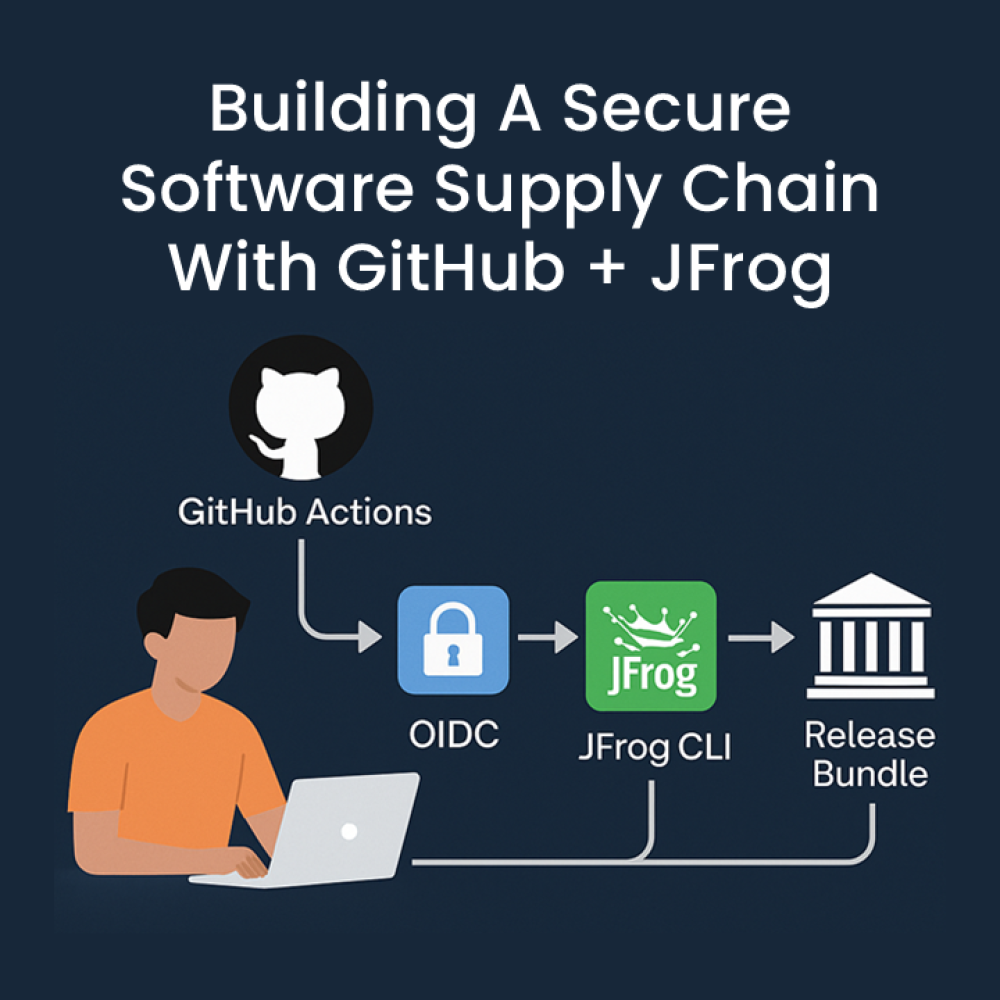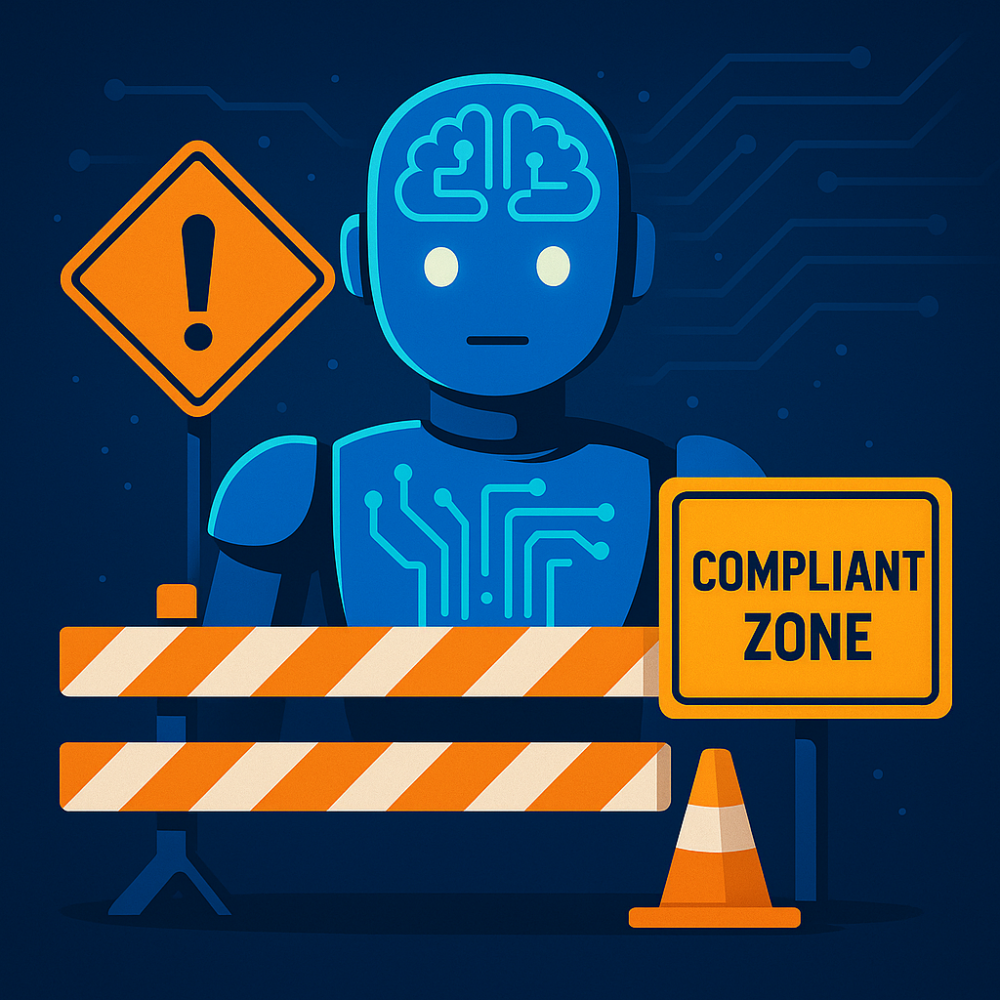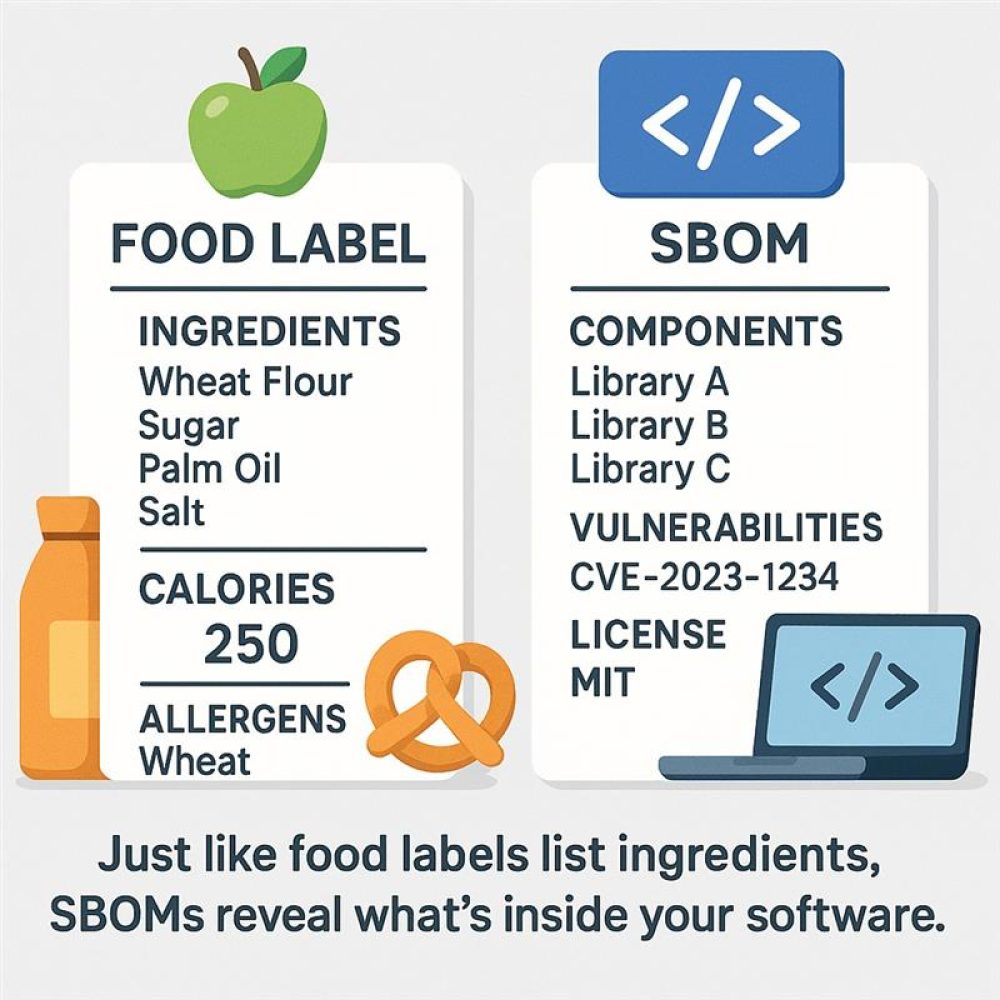Measuring DevSecOps Success: Metrics that Matter
In today’s fast-paced digital world, security threats are constantly evolving, and organisations are struggling to keep up with the pace of change. According to a recent Cost of a Data Breach Report by IBM, the average total cost of a data breach reached a record high of $4.35 million, with the average time to identify and contain a data breach taking 287 days. To mitigate these risks, enterprises are turning to DevSecOps, an approach that integrates security into the software development process. However, just adopting DevSecOps is not enough. Organisations must continually evaluate the effectiveness of their DevSecOps practices to ensure that they are adequately protecting their systems and data. As more businesses embrace DevSecOps, measuring DevSecOps success has become a critical component of security strategy.
DevSecOps KPIs enable you to monitor and assess the advancement and effectiveness of DevSecOps practices within your software development pipeline, offering comprehensive insights into the determinants that impact success. These critical indicators facilitate the evaluation and measurement of collaborative workflows by development, security, and operations teams.
By utilising these metrics, you can monitor the progress of your business objectives, such as expedited software-delivery lifecycles, enhanced security, and improved quality. Moreover, these key metrics furnish vital data for transparency and control throughout the development pipeline, facilitating the streamlining of development and enhancement of software security and infrastructure. Additionally, you can identify software defects and track the average time required to rectify those flaws.
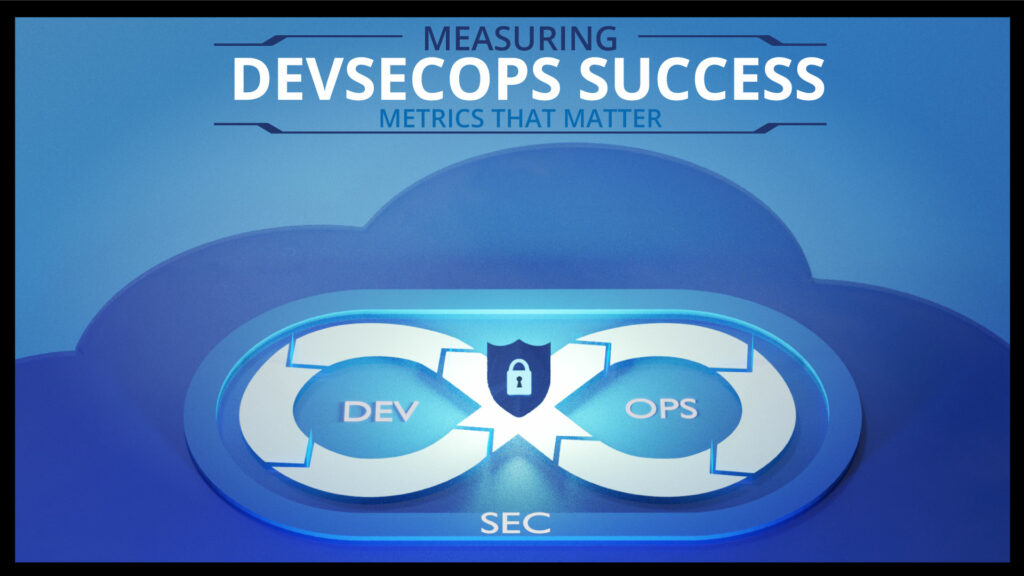
Number of Security Incidents
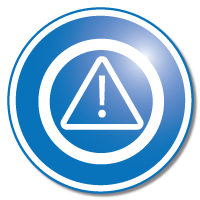
One critical metric to track is the number of security incidents. Tracking the number of security incidents can help organisations identify the most common types of incidents and assess the frequency of incidents. By doing so, they can prioritise their efforts to address the most common issues and improve their overall security posture.
Organisations can track the number of security incidents through various tools such as security incident and event management (SIEM) systems or logging and monitoring tools. By analysing the data from these tools, one can identify patterns and trends in the types of security incidents occurring and use this information to prioritise their security efforts. For instance, if an organisation finds that phishing attacks are the most common type of security incident, they can focus on training employees to be more vigilant against phishing attempts.
Time to Remediate Security Issues

Another essential metric to track is the time it takes to remediate security issues. This metric can help organisations identify bottlenecks in their security processes and improve their incident response time. By reducing the time, it takes to remediate security issues, organisations can minimise the impact of security incidents and ensure that their products remain secure.
This metric can be tracked by setting up a process to monitor security vulnerabilities and track the time it takes to fix them. This process can include automated vulnerability scanning and testing tools, as well as manual code reviews and penetration testing. By tracking the time it takes to remediate security issues, organisations can identify areas where their security processes may be slowing down and work to improve those processes.
Code Quality Metrics
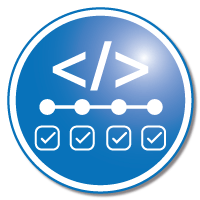
Code quality is another important aspect of DevSecOps, and tracking code quality metrics can provide valuable insights into the effectiveness of DevSecOps practices. Code quality metrics such as code complexity, maintainability, and test coverage can be tracked using code analysis tools such as SonarQube or CheckMarx. These tools can provide insights into the quality of the code being produced and identify areas where improvements can be made. For example, if a business finds that their code has high complexity, they can work to simplify the code to make it more maintainable and easier to secure.
Compliance Metrics
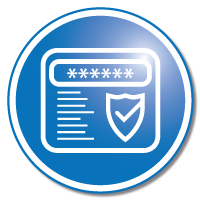
Compliance is another essential aspect of security, and measuring compliance metrics can help organisations ensure that they are meeting the necessary regulatory and industry standards. Tracking compliance metrics such as the number of compliance violations and the time to remediate them can help organisations identify compliance gaps and address them. Additionally, to ensure security, monitoring, vulnerability scanning, and vulnerability fixes are regularly conducted on all workstations and servers.
Compliance metrics such as the number of compliance violations can be tracked through regular compliance audits and assessments. By monitoring compliance metrics, organisations can identify areas where they may be falling short of regulatory or industry standards and work to address those gaps.
User Satisfaction

Finally, tracking user satisfaction is an essential metric to ensure that security is not hindering user experience and that security is not compromising the overall quality of the product. Measuring user satisfaction can help organisations ensure that their security practices are not negatively impacting their users’ experience and that they are delivering a high-quality product.
User satisfaction can be measured through surveys or feedback mechanisms built into software applications. By gathering feedback from users, businesses can identify areas where security may be impacting the user experience and work to improve those areas. For example,
if users are finding security measures such as multi-factor authentication too cumbersome, organisations can look for ways to streamline the process while still maintaining security.
In conclusion, measuring DevSecOps success is crucial for organisations that want to ensure that their software products remain secure. By tracking relevant metrics such as the number of security incidents, time to remediate security issues, code quality, compliance, and user satisfaction, organisations can evaluate the effectiveness of their DevSecOps practices continually. Measuring DevSecOps success can help organisations identify areas that need improvement, prioritise security-related tasks, and make informed decisions about resource allocation.
To read more on DevSecOps security and compliance, please visit our DevSecOps services page.
